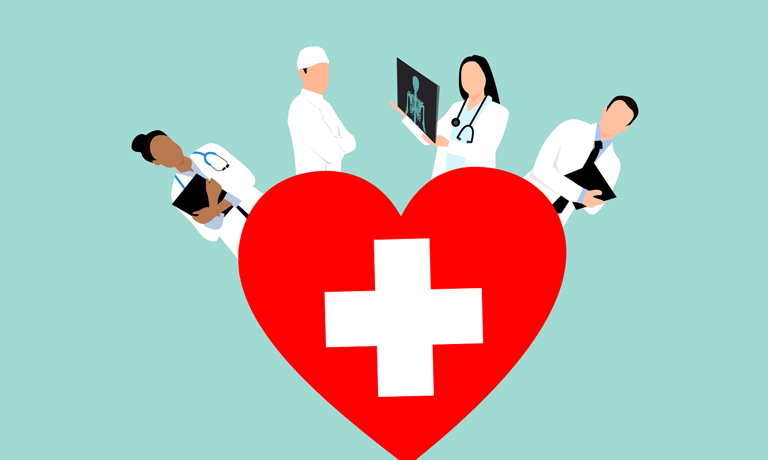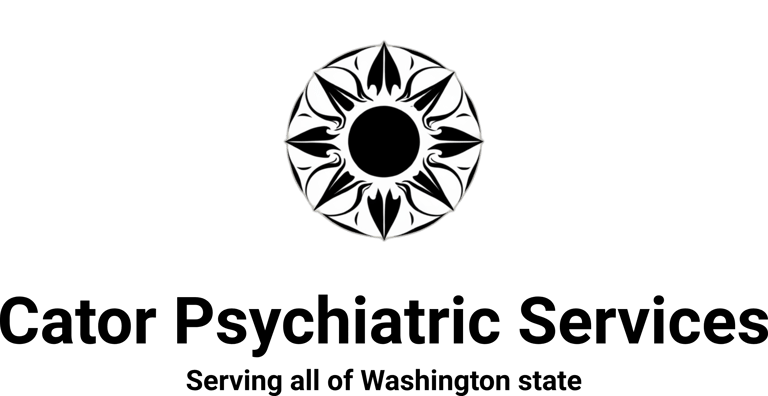Low-Dose Naltrexone
What you should know about low-dose naltrexone.


Exploring the Benefits of Low-Dose Naltrexone (LDN)
In recent years, low-dose naltrexone (LDN) has emerged as a potential treatment for various chronic conditions, offering new hope to patients seeking alternatives to conventional therapies. Originally approved for treating opioid addiction at higher doses, LDN at lower doses (typically ranging from 1.5 to 4.5 mg) has shown promise in managing a range of health issues. Let's delve into some of the potential benefits of LDN:
1. Autoimmune Conditions: LDN has gained attention for its potential to modulate the immune system, making it a candidate for managing autoimmune diseases such as multiple sclerosis, rheumatoid arthritis, and Crohn’s disease. It works by temporarily blocking opioid receptors, which in turn may lead to increased production of endorphins, helping to regulate immune responses.
2. Pain Management: Chronic pain conditions, including fibromyalgia and chronic regional pain syndrome (CRPS), have been targeted with LDN therapy. By affecting the opioid receptors, LDN may reduce inflammation and improve pain thresholds, offering relief where other treatments have fallen short.
3. Mood Disorders: There's evidence suggesting LDN could have positive effects on mood disorders like depression and anxiety. By influencing the release of endorphins and other neurotransmitters, LDN may help stabilize mood and improve overall emotional well-being.
4. Cancer Therapy Support: While not a primary treatment for cancer, LDN has been explored as an adjunct therapy. It’s hypothesized to enhance the body’s immune response against cancer cells and improve quality of life for cancer patients undergoing treatment.
5. Neurological Disorders: Beyond autoimmune diseases, LDN shows potential in neurodegenerative conditions like Parkinson’s disease and Alzheimer’s disease. Its ability to reduce neuroinflammation and promote neuroprotection could offer therapeutic benefits in slowing disease progression.
6. Safety Profile: At the low doses used in LDN therapy, side effects are typically mild and transient, making it a relatively safe treatment option compared to many conventional medications. It’s well-tolerated by most patients, with the main concern being potential interactions with opioid medications.
7. Cost-Effectiveness: LDN is generally inexpensive compared to many other prescription medications, which can be a significant advantage for patients managing chronic conditions requiring long-term treatment.
Conclusion
While research into LDN is ongoing and more clinical trials are needed to solidify its efficacy across various conditions, the preliminary evidence and anecdotal reports are promising. As with any medical treatment, it’s crucial for patients to discuss LDN therapy with their healthcare provider to determine if it’s appropriate for their specific condition and medical history.
In the realm of alternative and integrative medicine, low-dose naltrexone represents a compelling option for those seeking innovative approaches to managing chronic health challenges. As awareness grows and research progresses, LDN could potentially become a cornerstone in personalized medicine, offering renewed hope and improved quality of life for many individuals.
Remember, individual responses to LDN can vary, and it should always be used under medical supervision.
